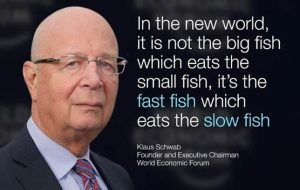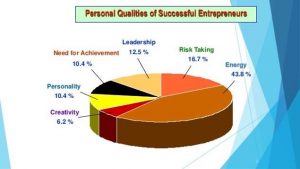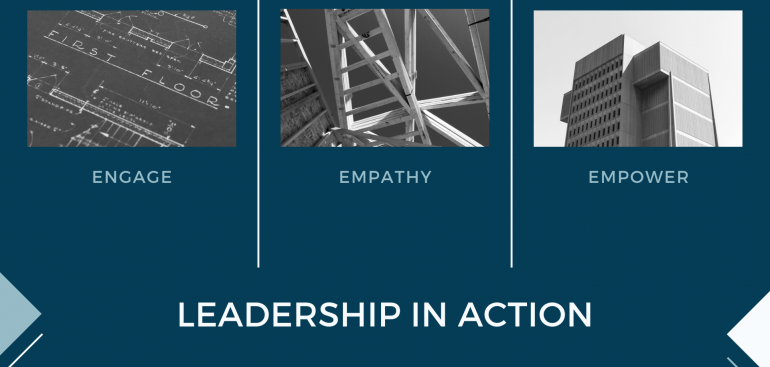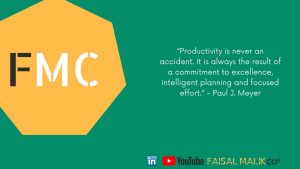Part 1 – Business Ideation Part 1
As explained earlier in the introduction, Business ideation is the core of the success of any new enterprise. A holistic and scientific process has to be followed to arrive at the right decision in terms of identifying the right business opportunity.
Business ideation process involves 4 phases:
Phase 1: Business Idea Generation

This involves generating a basket of business ideas. This is because it is essential for the entrepreneur to have a choice to select the best and the right business. In this phase, the entrepreneur shall generate at least 20 plus business ideas. The methodology of the idea generation is explained in the further contents.
i- Generating business ideas based on locally available resources: Let’s take an example of turmeric. Tumeric is available at RM3-RM6 per kilogram at the farm level. While turmeric powder sold at RM20-RM40 per kilogram in the market. While some of the turmeric extract used in the pharmaceutical industry may reach RM100 per kilogram in the market. This simple example we can understand that the value of turmeric can be increased from a mere RM3 to RM100. A lot many ideas can be generated with this method.
ii- Inputs to the primary sector: The primary sector comprises of agriculture and animal husbandry sector. If you think about what all is required for the sector, many ideas will be generated from here.
iii-Business idea generation based on demand based sector: Demand-based sector caters to all those products which are used by the mass audience on a regular basis, maybe daily, weekly, fortnightly basis.
iv- Business idea generation based on waste products: The ever famous Malaysian born tailor collects used, worn and unused jeans to turn into retro wallets, bags and other collection for the youth market.
v- Innovation based business ideas: Commercialization of creative ideas, called innovation. Developing creative ideas is a challenge.
vi- Deletion: Concept of deletion Is all about contemplating deleting a component or a function in an existing product/ business model so that you can come up with a novel business idea.
vii- Addition: Similar to deletion. But, here deliberation is made on adding new features/ components to existing product/ business models.
viii- Substitution: This is about the substitution of any component/ features.
ix- Problem Solving: This is about identifying the right problem and finding a unique solution.
Phase 2: Screening Of Ideas

In phase one, the new entrepreneur generates a basket of ideas, Maybe 20 business ideas. But all the 20 ideas may not be viable. The entrepreneurs need to screen out many of those ideas based on different criteria’s such as:
i- Technical Feasibility: Feasibility aspects with regard to the availability of manufacturing process, technical know-how, plant and machineries etc.
ii- Market feasibility: The demand and supply position of the product/service.
iii- Commercial Viability: The profitability aspects and possibilities of the quantum of returns from the business.
iv- Personal likes and Dislikes: For small enterprises, personal likes and dislikes also matters to start a business. The personal capabilities/personality aspects also counts. For example, if the aspirant entrepreneur is an introvert and would start a business that requires extensive marketing and promotion/sales activity, it may be a mismatch, Instead, the aspirant entrepreneur may opt for starting any ancillary industry, where this business would make products or components required for another large industry.
At the end of this process, the new entrepreneur will be left with 3-4 business ideas.
Phase 3: Market Research
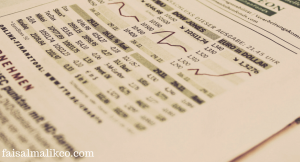
Market research is a detailed study of all the finer aspects of a business. The new entrepreneur shall collect data about 3-4 business ideas left at the end of the 2nd phase.
Among summarize of key components of a Market Survey are as follows:
i- Introduction – eg of products, users, suitability
ii- Product – eg specifications, size, brand, packing, selling price
iii-Assessment of Demand – eg class and type of consumers/ clients.
iv- Supply position – eg current availability and production capacity vs utilization
v- Marketing practices – eg distribution, packing, forwarding
vi- Own marketing plans and strategies – eg own market share of the supply-demand gap
In the next posting, we will discuss on the differentiation of the Business Plan for different stakeholders.
![Faisal Malik & Co [FMC Group]](https://faisalmalikco.com/wp-content/uploads/2018/03/logo.png)


